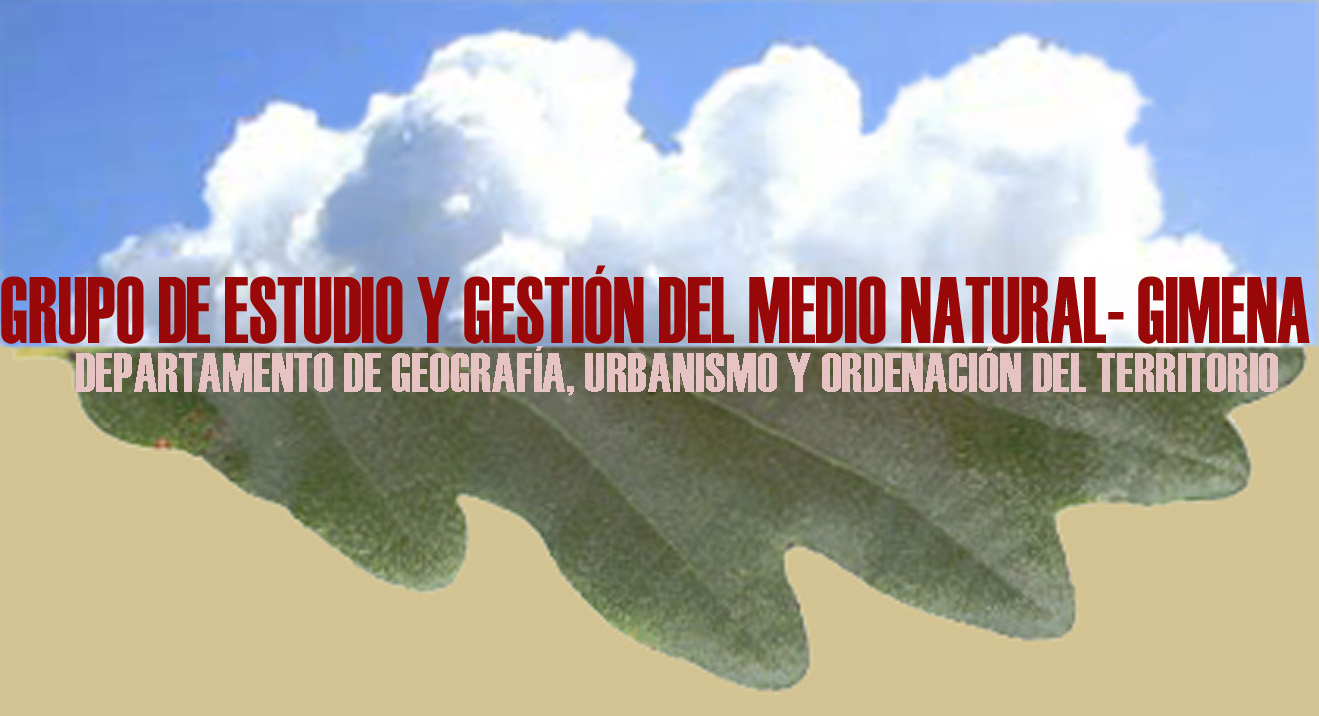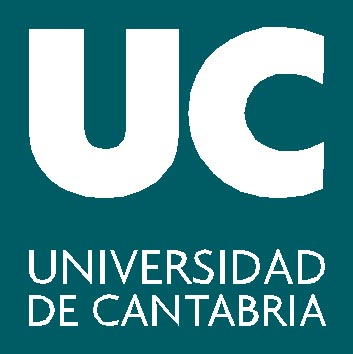
Grupo de Investigación
ESTUDIO Y GESTION DEL MEDIO NATURAL
Departamento de Geografía,
Urbanismo y Ordenación del Territorio- Universidad de Cantabria
MAIN PAGE
MEMBERS
RESEARCH
climatology
forest spaces, wildfires
natural risks
environmental change
management, landscape, heritage
NEWS
DOWNLOADS

ANALYSIS AND MODELLING OF EXTREME CLIMATIC EVENTS IN MADRID: HEAT WAVES AND TEMPERATURE INVERSIONES
Two common and severe environmental problems in Spanish cities are the air pollution events, driven by deep temperature inversions, and the thermal stress during heat waves. Understanding and modelling these situations is a remarkable task for decision makers in order to reduce their impact upon population at short, middle and long term time scales. However, a proper modelling of these atmospheric situations is challenging mainly for two reasons: 1) the difficult parametrisation of the turbulence effects under strong convection (heat waves) or very stable (inversions) conditions on an area with strong surface heterogeneities such cities, and 2) the difficult representation of the heat and moment exchanges between urban surfaces and atmosphere, due to the complexity of the urban structure and the strong antropogenic component. The objective of the project is twofold: from one side the improvement of the understanding and modelling of these extreme events, and from the other the development of procedures that allow to transform numeric models outputs into useful information for decision making. The project focuses on the region of Madrid because of its relevance in the national context and the high frequency of those extreme events. The project is organized around seven tasks. The first three focus on the development and validation of meteorological models: 1) the development of a new outline for turbulence parametrisation in mesoscale models at high spatial resolution (less than 1 a km), for convective and deep inversion situations, 2) the validation of the earth´s surface temperature obtained through the urban BEP-BEM parametrisation implemented within the WRF model using satellite data, and improvement of the parameterisacion scheme if necessary, 3) the validation of the BEM building energetic model, implemented within the urban parameterization, with data from a CIEMAT building, and improvement of the parameterisacion if necessary. All these new developments will be evaluated during some past heat waves and deep inversion episodes in Madrid. The remaining four tasks are aimed to generate techniques to derive useful information for decision making: 4) the set up of a technique of statistical post-processing that allows to correct and improve the forecast of air quality, thermal stress and electric consumption due to air conditioning systems, based on the errors between the models and the observations for similar episodes in the past 5) the generation of a Bioclimatic Urban Heat Island on a GIS enviroment (using as bioclimatic indexes PET - Physiological Equivalent Temperature - and UTCI - Universal Thernal Climatic Index -) using the meteorological model outputs, 6) the development of a simple meteorological and air quality model running on Graphical Processors Units (GPU) at urban scale to provide in a very short time guidance to choose among different emergency measures, 7) simulation of the future urban climate for different climatic scenarios, using the Pseudo-Downscaling methodology. The research team is composed by scientists of CIEMAT, Autonomous U. and U. of Cantabria, and it is integrated with scientists of foreign institutions (NCAR, Arizona State University) that participate in the working team.
KEY WORDS: heat waves, termal inversión, urban areas, air pollution, mesoscale modelling, climate change, air quality forecast .
